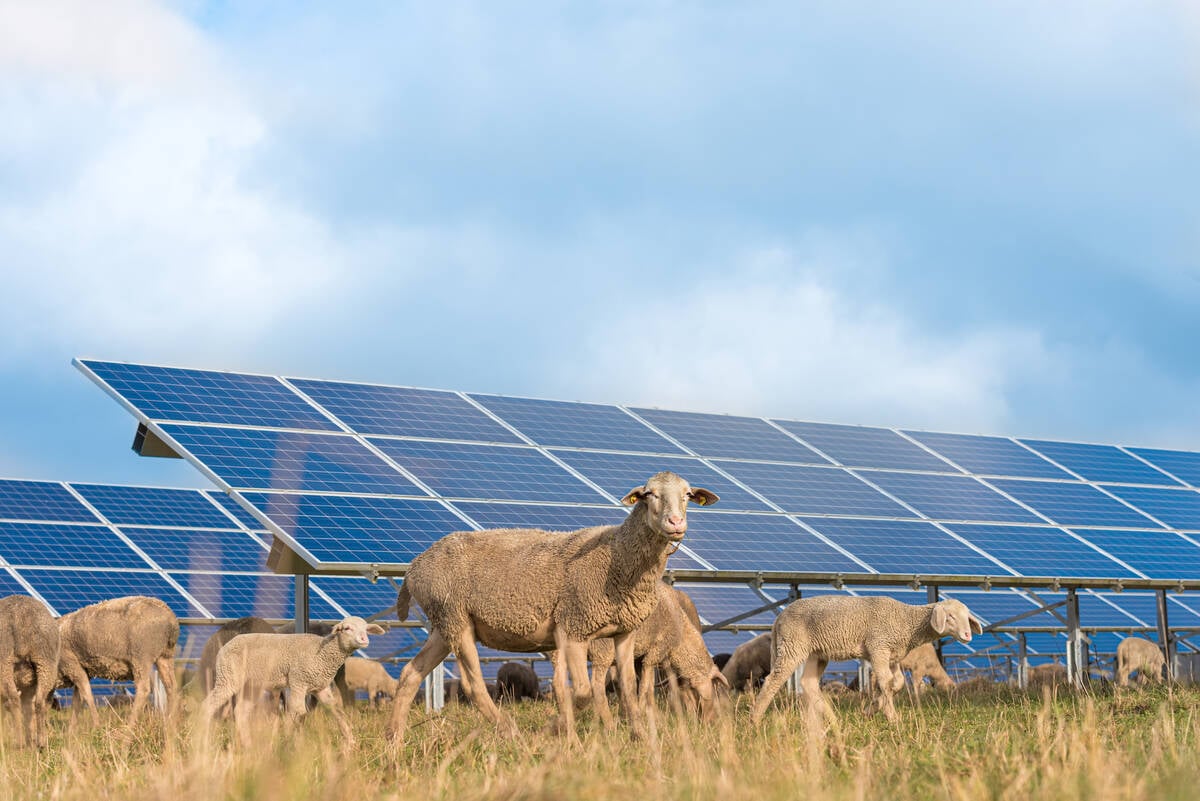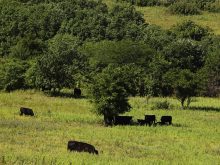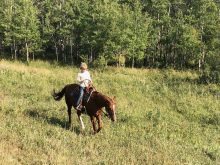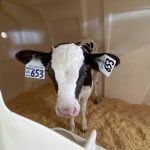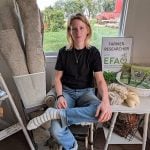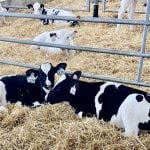New research out of Colorado State University suggests solar panels could help pastures stay productive during drought by reducing water stress and capturing rainfall.
The study found that while forage yields were slightly reduced in wetter years due to shade, they actually increased during dry periods — suggesting that solar panels may help moderate the effects of drought on pastureland.
This work from Colorado is part of a growing field called agrivoltaics, which explores whether land can be used for both agriculture and solar power generation — an idea that may have particular relevance as producers grapple with tighter margins, more frequent drought and the push for additional on-farm revenue streams.
Read Also
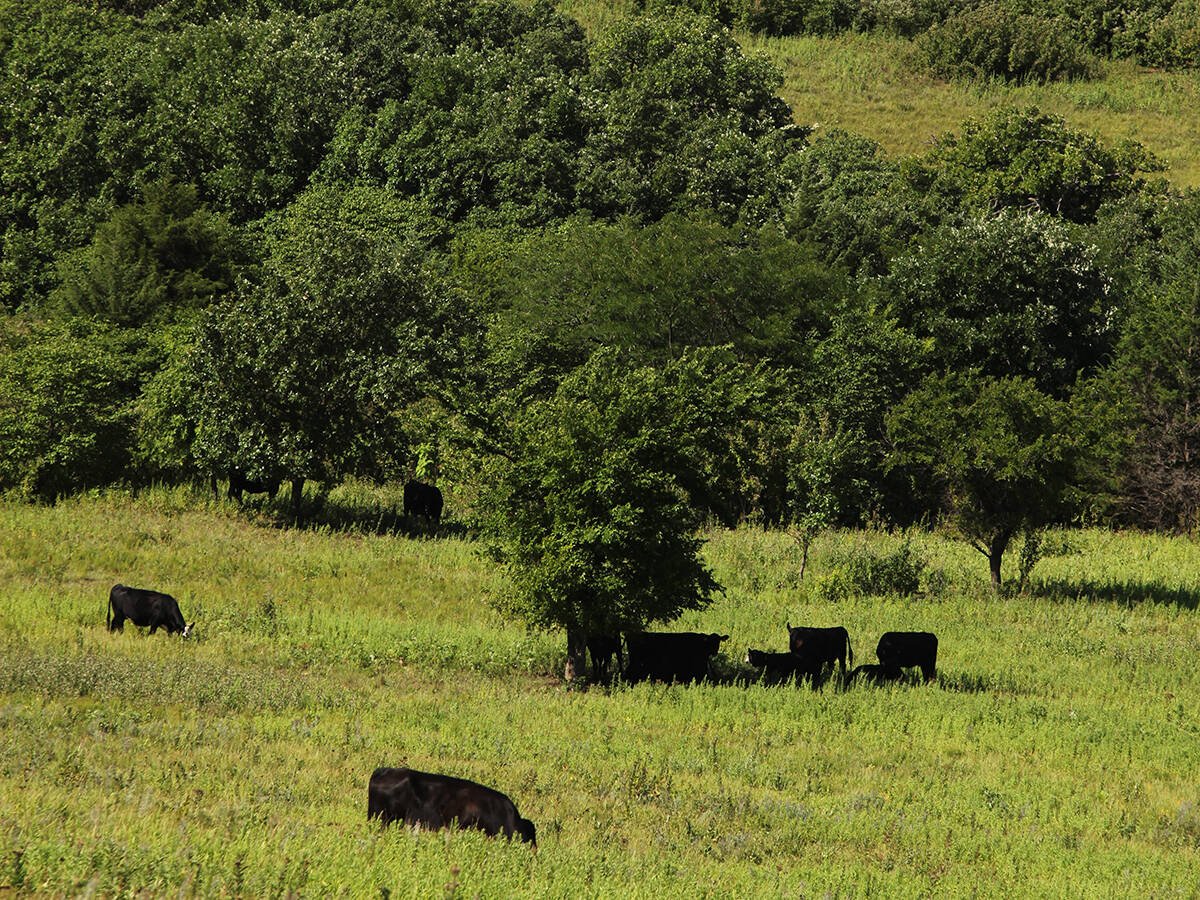
Beef cattle more prone to trace mineral deficiencies
The trace mineral status of our cows and calves is a significant challenge for western Canadian producers and veterinarians.
The concept is also gaining traction in Canada. The University of Calgary is developing an agrivoltaics research park to test practical setups, including vertically oriented solar panels — like fences — that could allow for both grazing and machinery access. This design aims to address one of the biggest barriers to dual-use in field crops: the sheer size of Prairie farm equipment.
An Alberta agrivoltaics conference held in late June brought together farmers, researchers and energy developers to explore how land-sharing models could work in practice — and where policy or infrastructure changes might be needed.
There’s also growing interest in how existing incentive programs for renewable energy could support agrivoltaics projects, as well as the potential for new programs specifically designed to encourage stacking of food or forage production with solar power generation.
For now, agrivoltaics remains mostly experimental in a Canadian context, but interest is growing, and future on-farm applications are increasingly part of the conversation.


